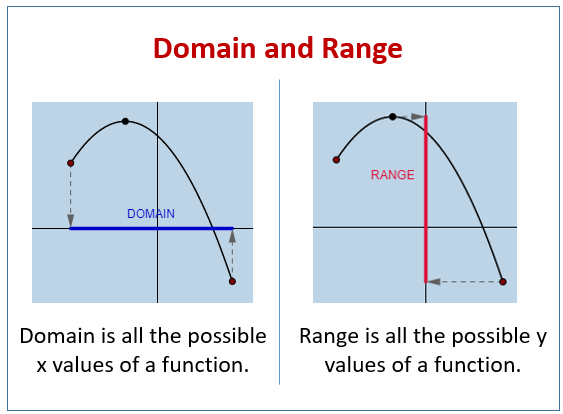general form:
if you ever get a general form equation, you need to know that it tells you nothing about the equation and it is pretty useless. general form will always have a zero at the end of the equation and the number at the start of the equation will always be positive if the number is not positive that means the equation is written in a wrong way. you also cant have any fractions in a general form equation. and example of a right general form equation is 5x-y+6=0, this equation is right because the first number is positive and there are no fractions seen in the equation and it all equals zero. a wrong general form equation would be -8x+y-6/7=0, this is a wrong equation because the first number is a negative exponent and there is also a fraction in the equation.
point slope:
the equation point slop represents the formula m(x,x) =y-y, you can use this type of formula when you are given two numbers and you need to put them into an equation, if you have the numbers (4,6) and (5,4) the equation would turn into 4(x-6)= y-6. the equations turned into this because we have the slope which is 4 because of the difference in the numbers and the slope will be IN front of the brackets, then you have to insert the x and the y numbers into the equation making it a -4 and – 6.
slope y intercept:
the equation slope y intercept is the y=mx+b equation. it tells you both the slope and the y intercept. the mx part is the slope and the b is the y intercept, that means the you can graph a line on graphing paper using that formula.










